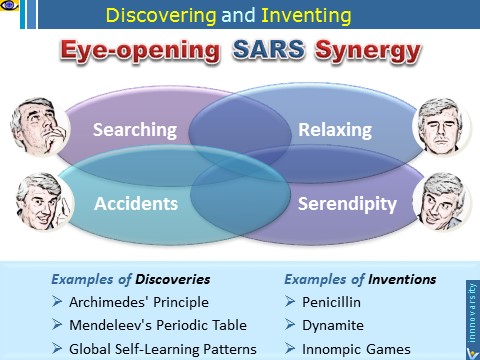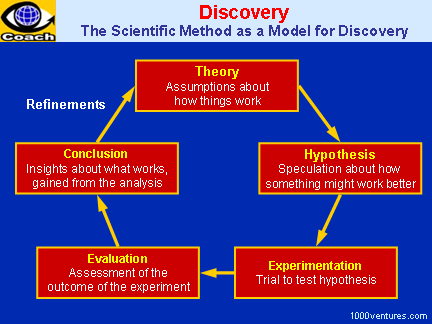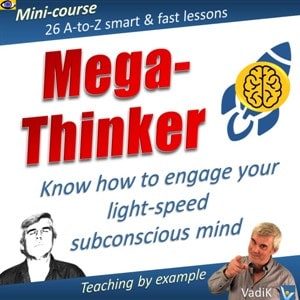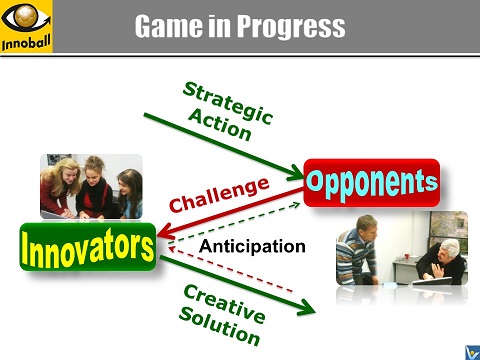| |
Most discoveries and inventions
are a synergy of
SARS – searching, relaxing,
accidents and serendipity.
|
|
 |
| |
|
The Scientific Method as a Model
for Discovery
|
|
|
 |
|
In
the scientific method of
discovery, the theory is followed by hypothesis. A hypothesis
simply speculates about a theorized cause-effect relationship, and
presents a testable question about what works, developed as an
outgrowth of the theory of the business. |
|
| |
Conscious-Subconscious Synergy
Breakthrough discoveries and
inventions are often made when
the
scientific method of a
discovery-focused research is
alternated with
subconscious thinking.
The light-speed subconscious
mind wakes up and starts working
on the unsolved problem while a
hard-working researcher is
relaxing,
sleeping or
meditating.
|
|
 |
 |
In a dream I saw a
periodic table of chemical
elements where all the
elements fell into place as
required. Awakening, I
immediately wrote it down on
a piece of paper. |
Dmitri
Mendeleev |
 |
|
InnoBall helps anticipate
challenges ahead and make discoveries while searching for
opportunities that would help address these challenges |
|
|
|